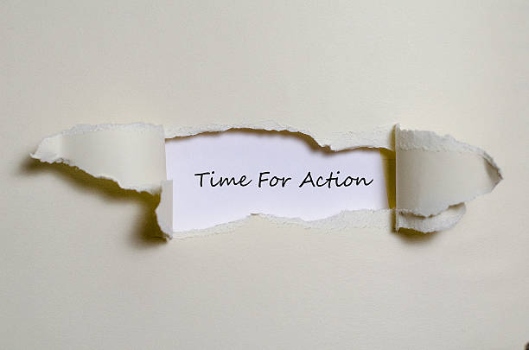The Bottom of the Rut is Gone
It’s been a tough few weeks. With the truck transmission needing to be replaced and the customer shorting Gene $1000 dollars for the garage windows, Gene has felt like he’s stuck in the bottom of a muddy rut.
Even with all the problems, Gene has had a lot of work to do for his first year of self-employment.
Some of the projects have been very profitable.
Having a lot of construction projects is rewarding. It’s also one of the reasons he’s struggling to get proposals done and keep up with the paperwork.
To add to the busy, it’s time to get the tax paperwork gathered up. Gene needs to get it to the accountant so income taxes can be prepared. One more thing on the to do list that needs done. He’ll work on that next week after he gets this project that they’re working on finished.

After a couple weeks of late nights, Gene has the tax paperwork ready to take to the accountant. Another thing checked off the list.
On Monday, Gene starts the crew removing the kitchen countertops and cabinets for the current project. Once things are underway, Gene takes the paperwork to his accountant.
They look through the paperwork. As the accountant goes through the stack of papers he asks Gene a few questions.
There are a couple of things that he still needs.
Gene tells the accountant that he’ll get those to him later this week. The accountant says he will let Gene know if he needs anything else or has questions.
A few weeks later, Gene gets a call from his accountant that his income taxes are ready to be picked up. Gene looks at his calendar trying to find time to squeeze in a meeting. With all the construction going on, it’s hard to find time.
The thing is…April 15th is only a week away, so they schedule a meeting for next week.
—
Today’s the meeting with the accountant. After lunch, Gene drives to the accountant’s office to pick up the tax papers.
With this being Gene’s first year paying self-employment income tax, the accountant wants to go through the return with him. They sit down at the table in the conference room and the accountant begins explaining the different pages.
As they are going through the pages, Gene is beginning to feel a little nervous as he sees the numbers. Then the accountant gives Gene the return to sign and…
A voucher with $17,376 typed in the “Amount You Owe”.
Gene sits there quietly for a minute as he processes this number.
He looks up at the accountant with a distraught look on his face, “I don’t have that kind of money. I can’t afford this! How am I going to pay it?”

“You could borrow the money,” suggests the accountant.
“I already borrowed all I could to replace the truck transmission. Are there any other options?”
The accountant tells Gene that there is an option to set up payments with the IRS. Of course, there will be interest and penalties paying it off this way.
This would be better than pretending not to owe it.
Gene takes the paperwork and pays the accountant. It looks like Gene now has a new project to undertake.
After researching all the options, Gene contacts the IRS.
The process of setting up payments with the IRS was a nightmare and took weeks to get done. Now Gene has a monthly payment of $350 for the next 60 months. That’s five years and $21,000.
This is not how Gene pictured the first year of his dream business.

Now the bottom of the rut is not just deeper and muddy…it’s gone. Gene feels stuck. Like he’s got his hands and feet pressed against the sides of the rut without any way out.
Gene asks himself, “Why am I doing this? I could make more money and work less hours if I went back to work for someone else…”















































